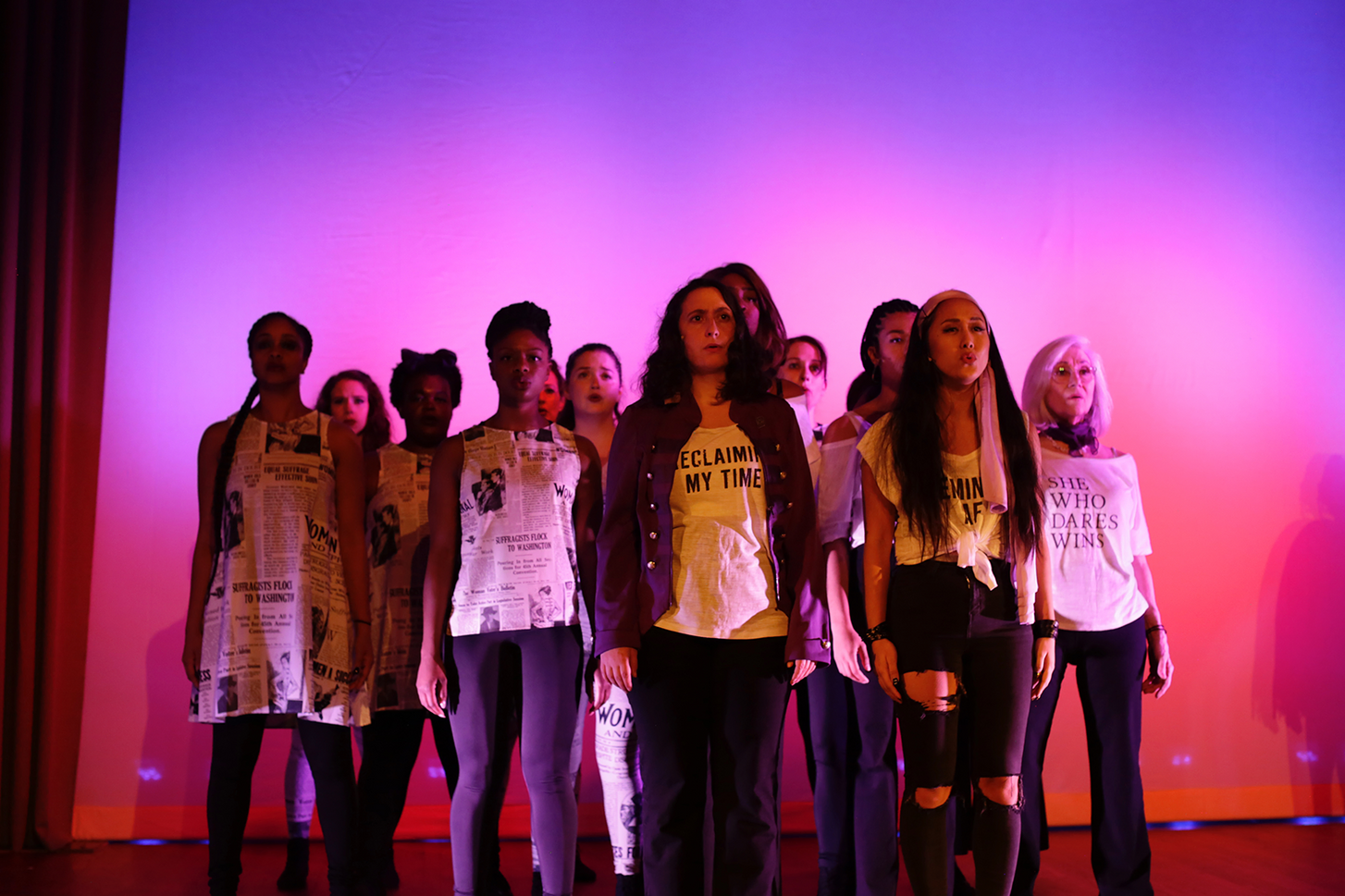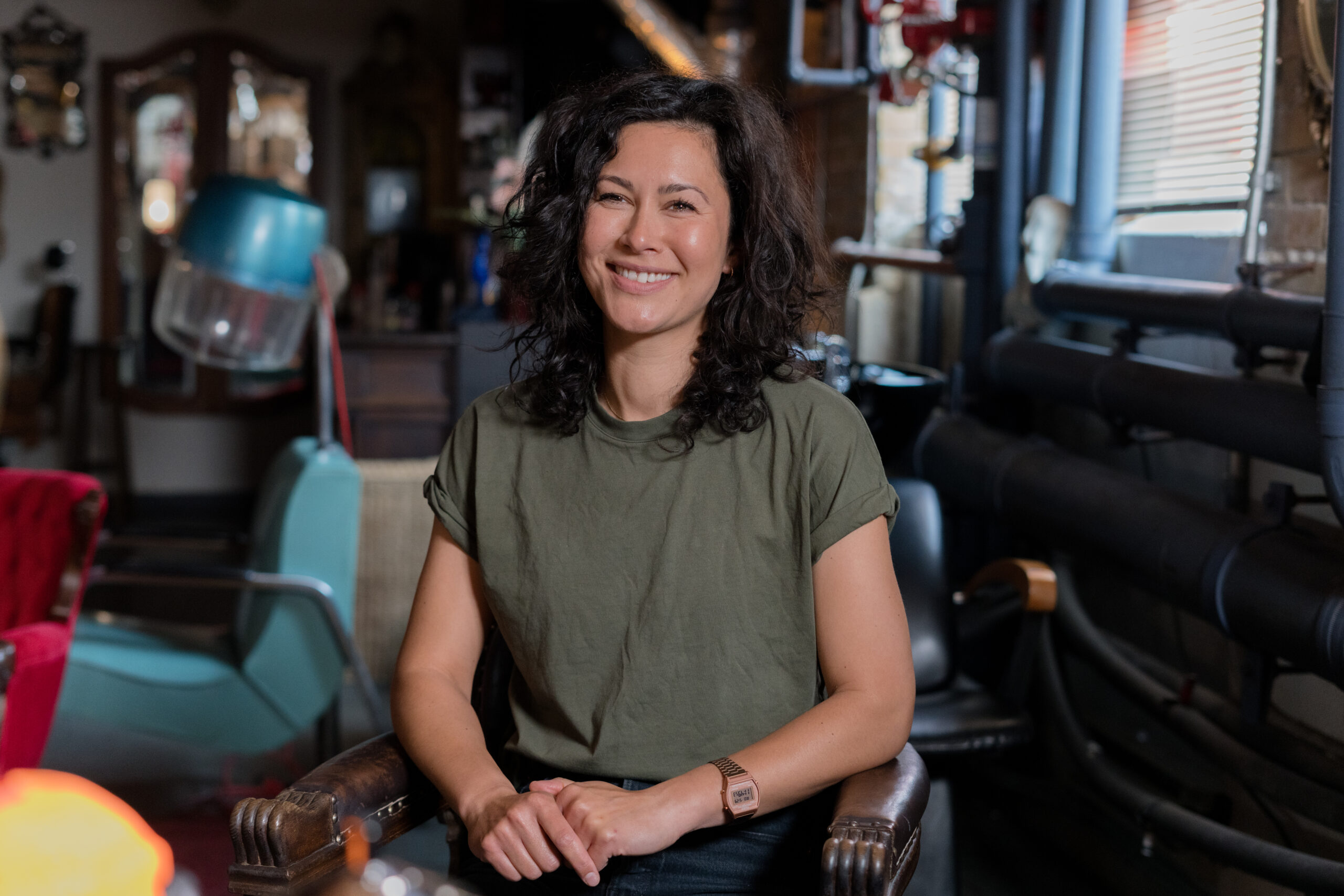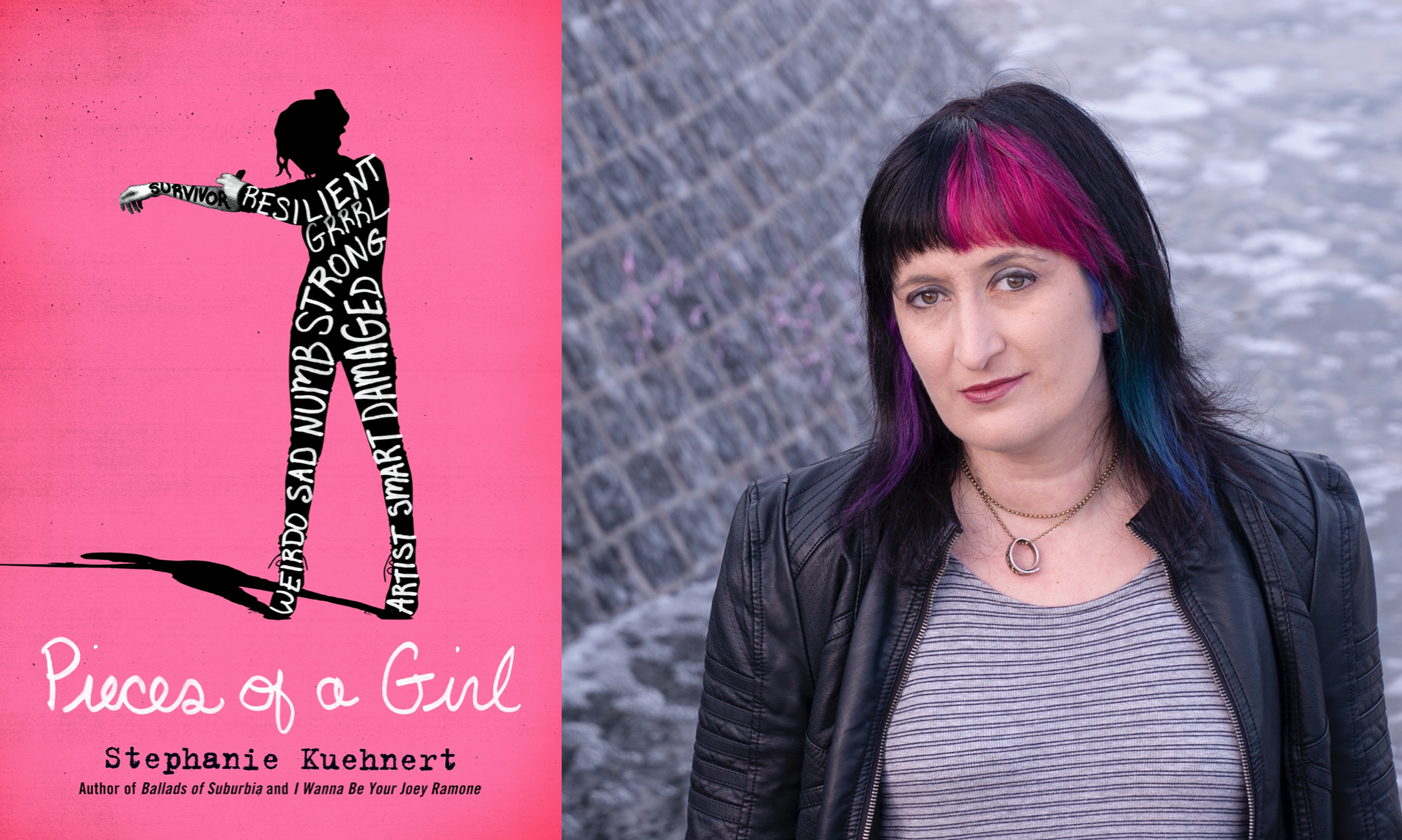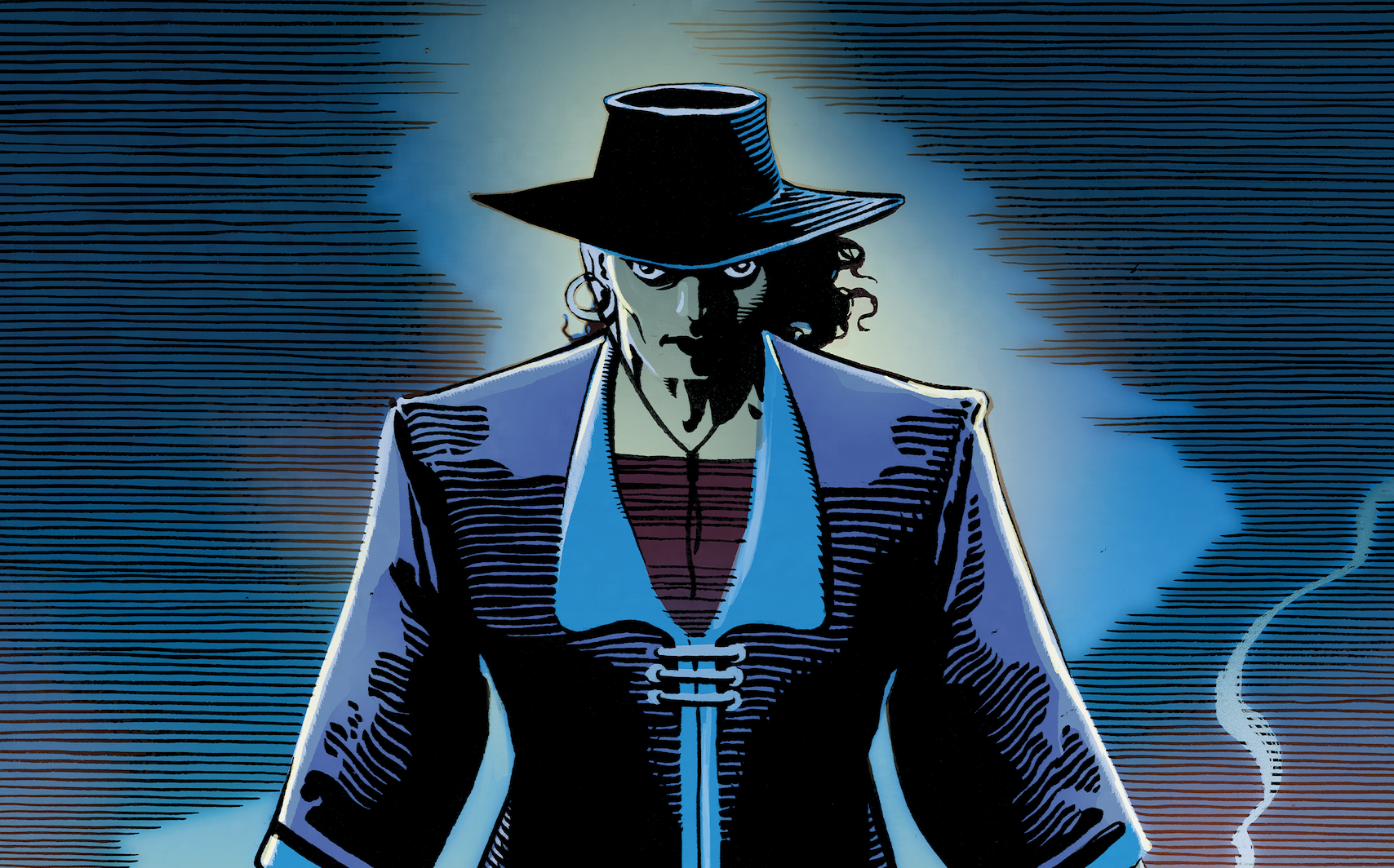
For the non-computer-game-players among us, mention a ‘gamer’ and an all too familiar stereotype might spring to mind. Traditionally, avid computer game fans are imagined as young, white and male – most often found sat alone in a darkened room with their headphones on and a controller in their hands. But, as those more familiar with the gaming landscape will testify, the reality couldn’t be further from the truth.
In fact, in the US (one of the gaming world’s biggest markets) Asian-Americans and African-Americans are more likely to be gamers than the rest of the population, with women (another demographic often considered a gaming ‘minority’) accounting for 45% of all gamers.
So, with an audience this decidedly diverse (to say nothing of the global market) why are gaming companies still so frequently churning out the same-old, cookie-cutter, white, male protagonists?
The statistics tell an incomplete story
When you look at the 50 most successful games of all time, not a single title features a female-only lead, and BAME characters don’t fare much better. Even the vastly popular Pokémon series uses ambiguous visuals to portray its human characters, enabling both Japanese and white audiences to identify.
From a top-level perspective, you might be tempted to conclude that games with white, male protagonists tend to be best-sellers – indeed, that seems to be a conclusion that mainstream developers are working from – but this isn’t the full picture.
Firstly, the best-selling games of all time are calculated based on the total sales – that means that a game like Tetris (first released in 1984) has been on shelves for nearly 30 years more than a game like The Last of Us (2013), which does place you in a female character’s shoes for a section of the gameplay.
In fact, 60% of the top 50 best-selling games were released before 2010, and a further 24% hail from earlier than 2015. So, while their success is undeniable, can they be truly taken as representative of the modern-day appetite for games?

The problem starts at the top
It goes without saying that games which can be played on multiple platforms (Xbox One, PS4, Switch, PC, mobile, etc) have a greater sales potential than those which are limited to just one. Of course, it’s only the top studios who have the financial clout to develop games that can be played across platforms – perpetuating their own success.
If these big studios fail to develop diverse characters and stories, it limits the degree to which the market is speaking to its actual audience.
What’s encouraging is that the lack of diversity displayed by the top 50 best-selling games is not necessarily echoed as you broaden your view of the gaming landscape. A quick delve into the world of indie developers and you find games like Hair Nah, a viral web game where you play a black woman swatting away hands trying to touch your hair. Or Left 4 Dead, which even back in the time of its release (2008) gave you the option the play as a female student, a black district account manager, or even a white-haired veteran.
This shows that there are talented and diverse developers out there who are creating stories and characters that represent their experiences and their communities. It’s down to the big studios to sit up and take notice, embracing a more modern approach to representation in games and filling their ranks with a diverse mix of storytellers.
In reality, diversity sells
At first, looking at the gender breakdown of the 50 most successful games paints a fairly bleak picture of diversity in the industry. But when you start taking into account all the games featured which allow you to choose the physical characteristics of your character, or in which gender and background simply aren’t an issue (Tetris and Minecraft, we’re looking at you), things are decidedly brighter.
It would actually seem that having more choice in the kind of character you play is a hugely popular deciding factor amongst audiences. 46% of games in the top 50 allow players to play as multiple characters or create their own protagonist with free range over race and gender, making this the clear winner in terms of protagonist choice.
And it would seem as if the gaming industry’s big guns are finally waking up to the fallacy of their logic.
Take, for example, the PlayStation 4 game Uncharted: The Lost Legacy, which follows two female protagonists, both of BAME origins. While not ranking in the top-selling games of all time, in its first two years on the market, it sold nearly two and half million units – clearly demonstrating that there’s a market which is (at the very least) open to games that offer a diverse cast.
Naughty Dog, the production company who produced Uncharted: The Lost Legacy, are also developing The Last of Us Part II – a game that’s sure to be amongst the top-selling games of whatever year it’s released – and this sequel will be female-led.
For too long the gaming industry’s been bogged down by an outdated understanding of who their audience is and what sells. But the more we see indie developers stealing audiences away from the big kahunas with their varied, rounded protagonists, the more we’ll see larger developers like Naughty Dog realizing that being brave pays off. If the trend continues, maybe in the next few years we’ll find we have a top 50 list that reflects how colorful and diverse the gaming community truly is.

















